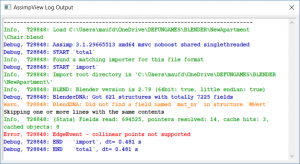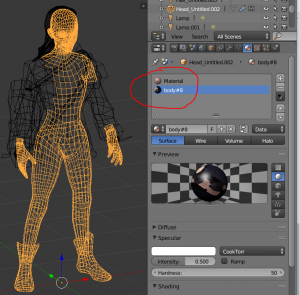Recently I was reminiscing about some games that seemed not so good looking, but that would not have worked as well with “better graphics”, notice how I quoted that, because we tend to think about game graphics as good when they tend towards photorealism, or are very polished 2D pieces of art (like Cuphead). Suddenly you run into a game like “Thomas was alone”, and you think, I would not change a thing, even though all the characters are colored rectangles.
There are games where the way it looks is somehow independent of the way it plays, think of Nethack, there are people playing that in a terminal, and the graphics are just characters forming the walls, items, and enemies,

there are also people developing 2D tile sets, so a wolf looks like a wolf and not like a lowercase “d”.
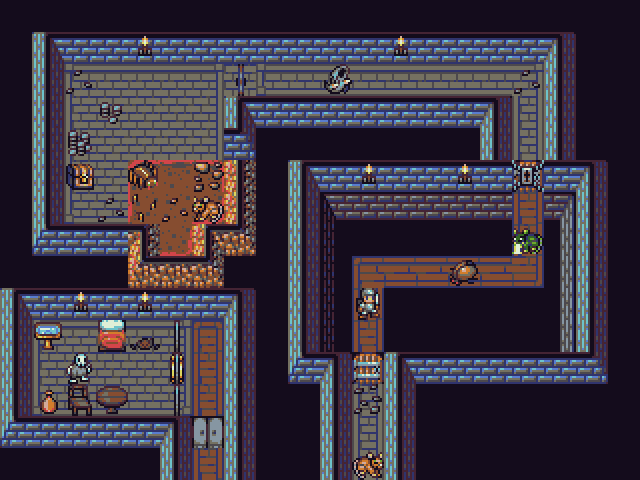
And then there are people that have created a 3D interface.
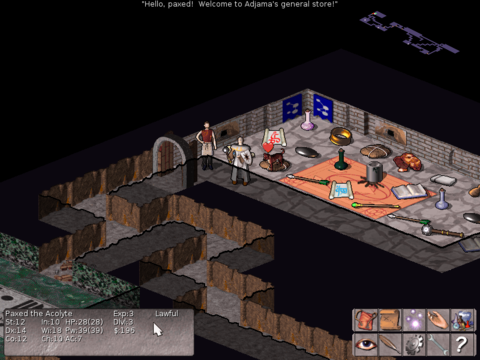
The thing is, the gameplay does not change, because of the type of game it is, in this case a turn-based rogue. There are people that swear that the ascii version is better, there are some which prefer 2d graphical tile sets, and very few prefer the 3D version although it does arguably it looks more modern. Why am I talking about those things in this blog post? Well, because ultimately we will have to choose a look for our game. When you look at games like Fortnite, an ascii version most likely would not have worked. Games like Cuphead were all about achieving a certain look, in this case old time cartoons.

So, How do we decide?
A lot of you saw old versions of Spycursion here and in other places, the look was praised by some people, and criticized by others, the thing is, beauty is in the eye of the beholder.
So what are the right graphics for a game like Spycursion? For one thing we have said it is an RPG, so based on genre there are some expectations, because the more popular MMORPGs are 3D games with character customization, but in reality they range from almost photorealistic like Bless

To cute anime style like Nostale
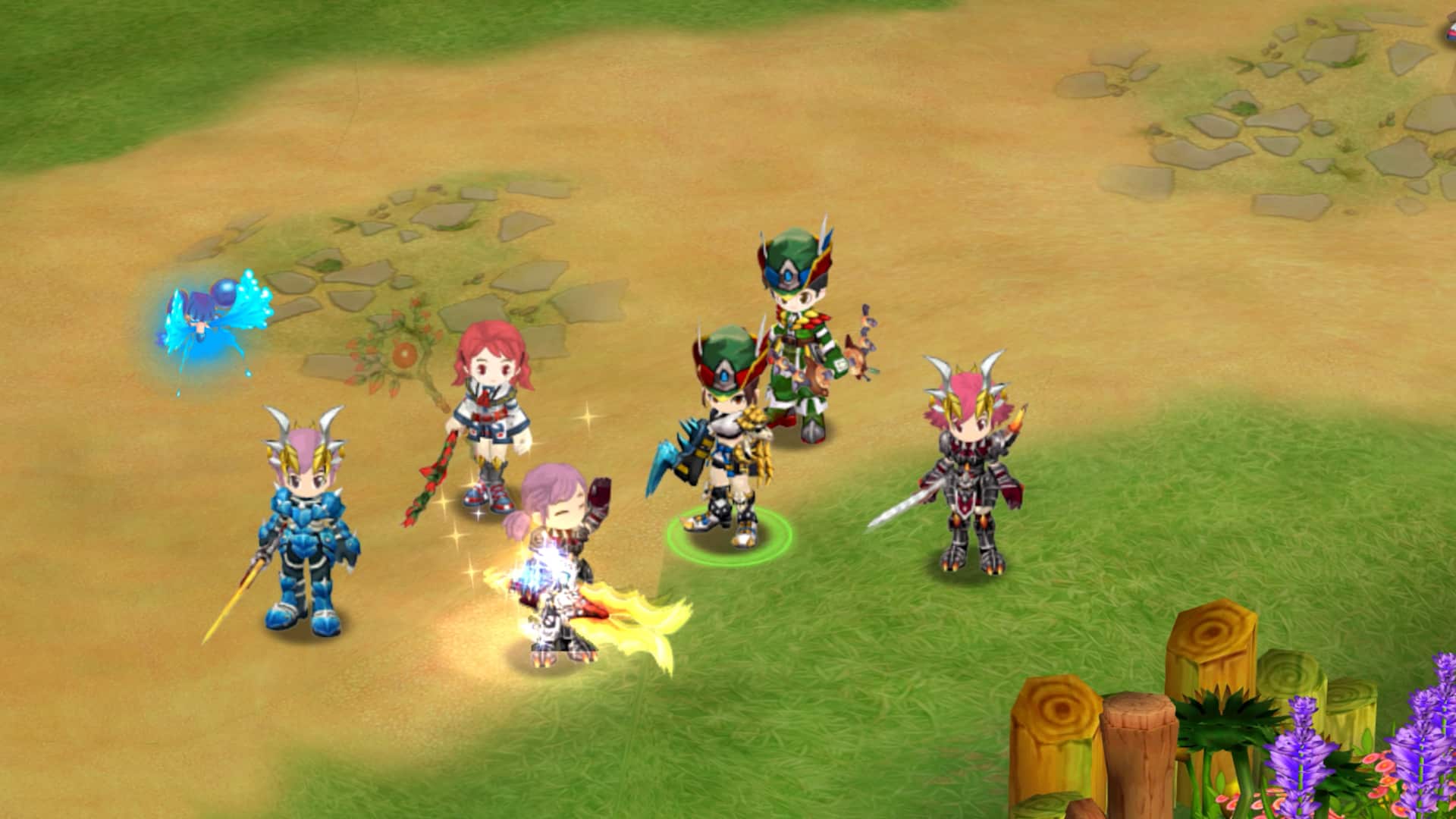
Or maybe pixel art, like Blossom and Decay
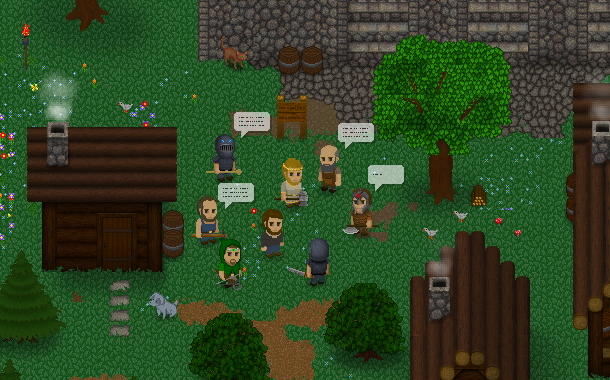
And if we are willing to accept MUDs (Multi User Dungeons) as MMORPGs even text-based.
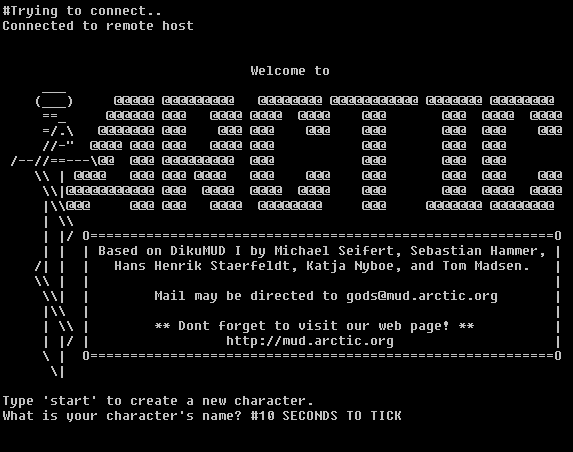
So, I would say that even more important than the type of graphics is the ambiance that we want to maintain, a dystopian future with some cyberpunk feel, which means the design of the environments and characters should not break the immersion by feeling out of place. You can see that this does not necessarily narrow the art style, the game could work in 2D or 3D. I would stay away from a text-based for Spycursion, due to the dynamicity of graphics compared to text, which will be important in our world, but you can make cyberpunk anime , or pixel art . We want to create a polished cohesive product, with an indie budget, so have to take decisions that will shape the look and feel of the game, without sacrificing quality. Ultimately we have to decide what polished means for Spycursion based on what we can achieve with our budget and resources based on our personal taste, with artistic sensibility the constraints often stimulate creativity, and help to unify the look of the game. We have said several times that we will open-source the front end, and that will allow other people to create different variants of it, but we have to create one that will represent our vision of the world we are creating, and which will hopefully artistically appeal to Hackers and Gamers, we believe that making the right decisions will give us a nice looking, performant and fun game.


